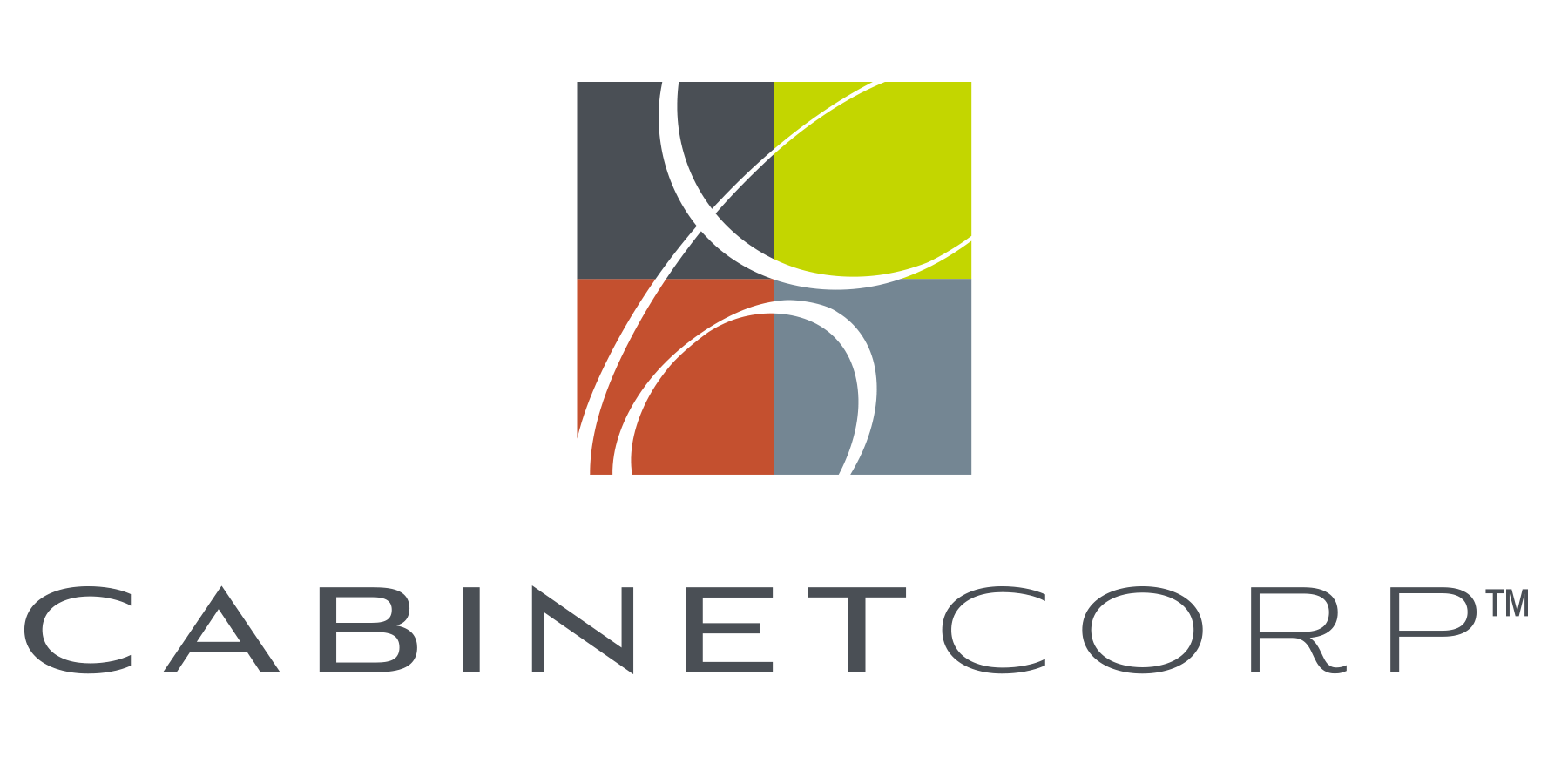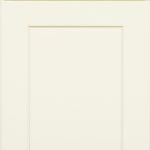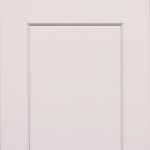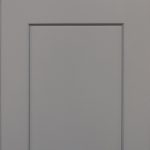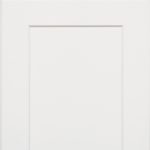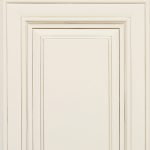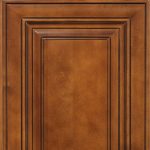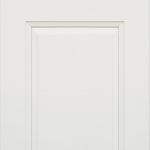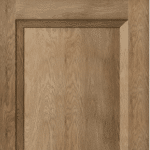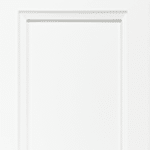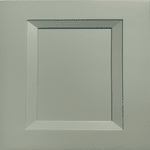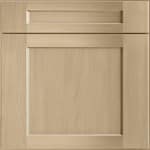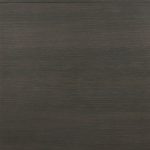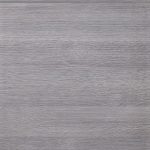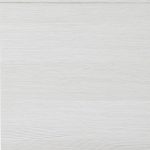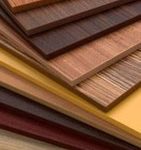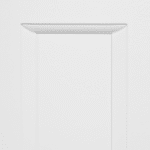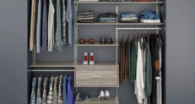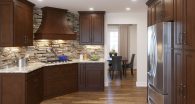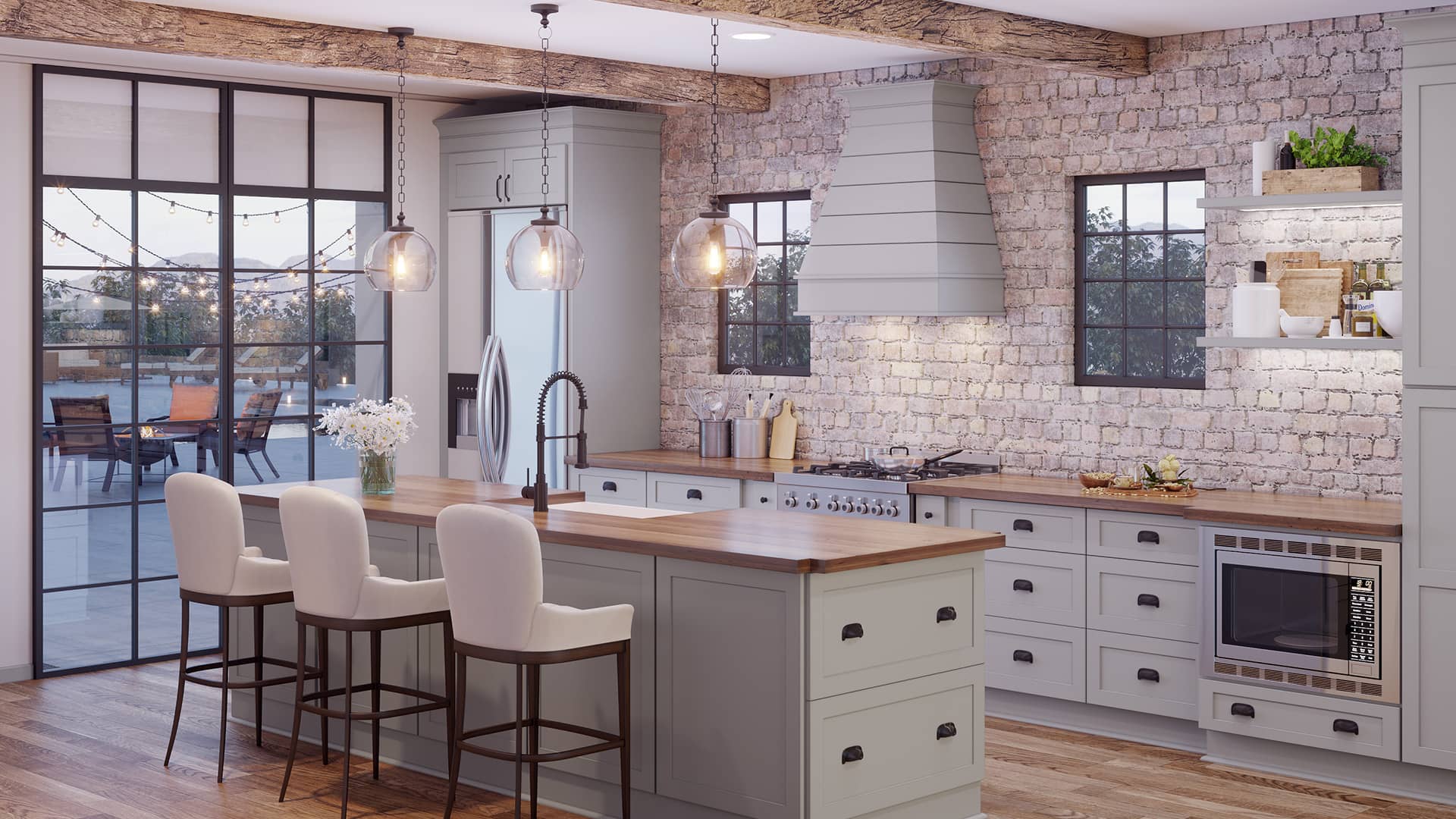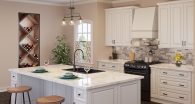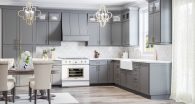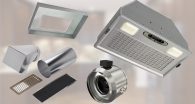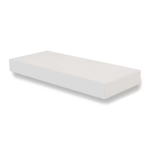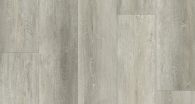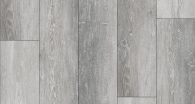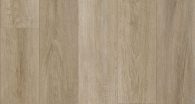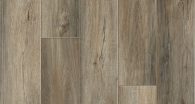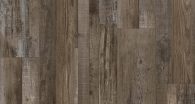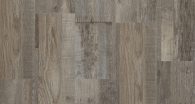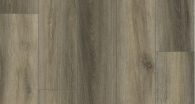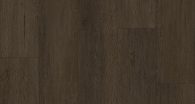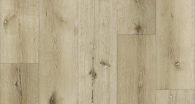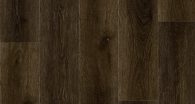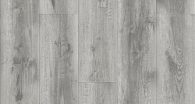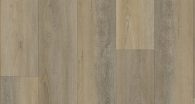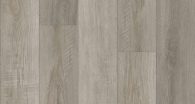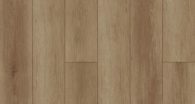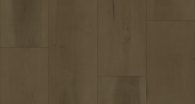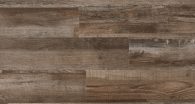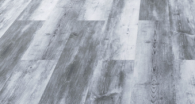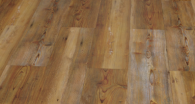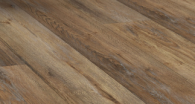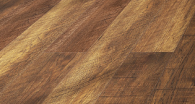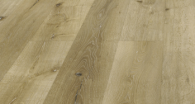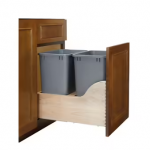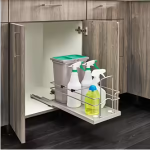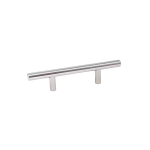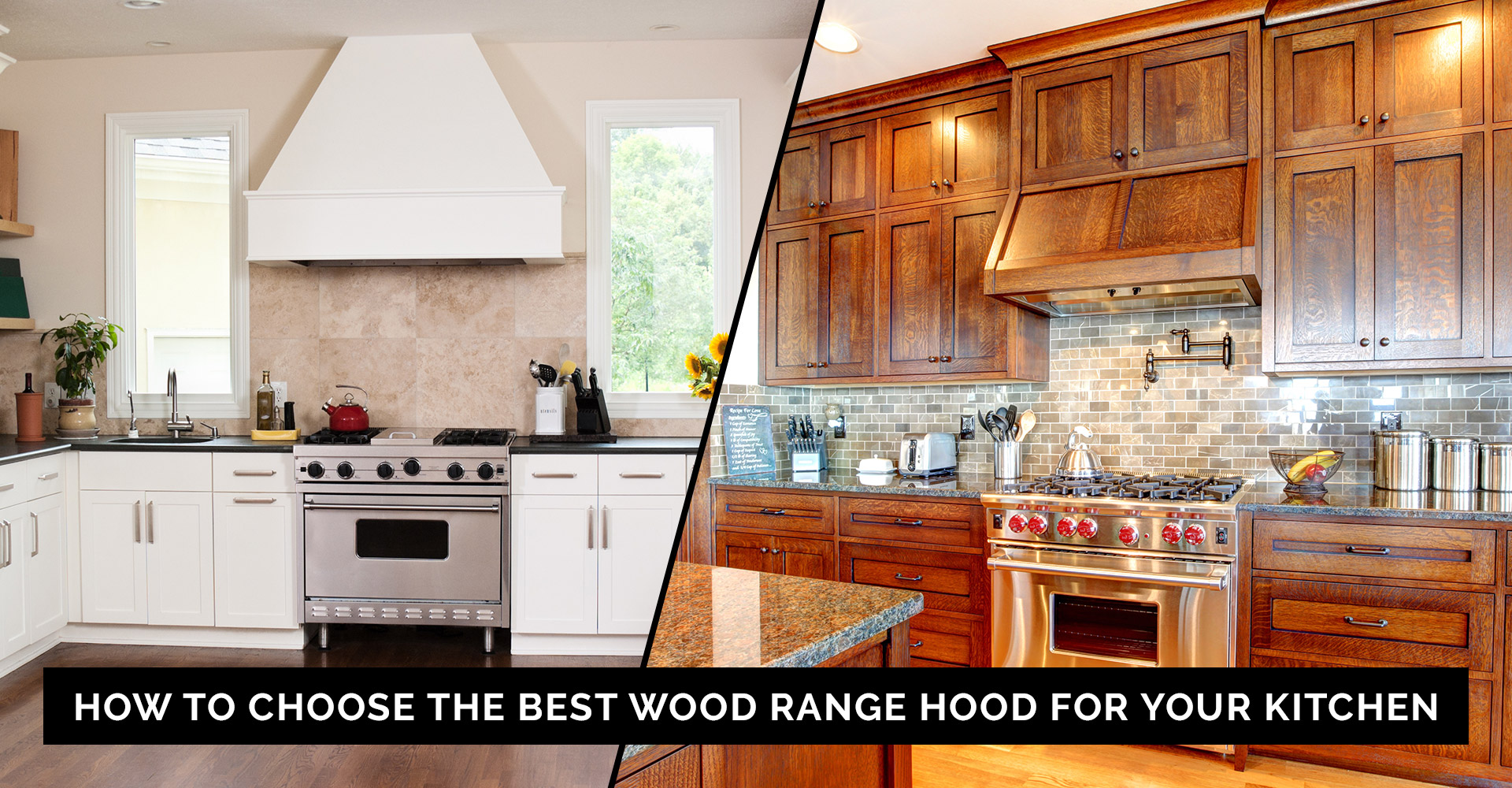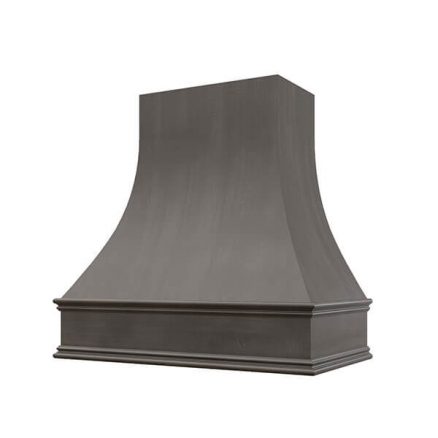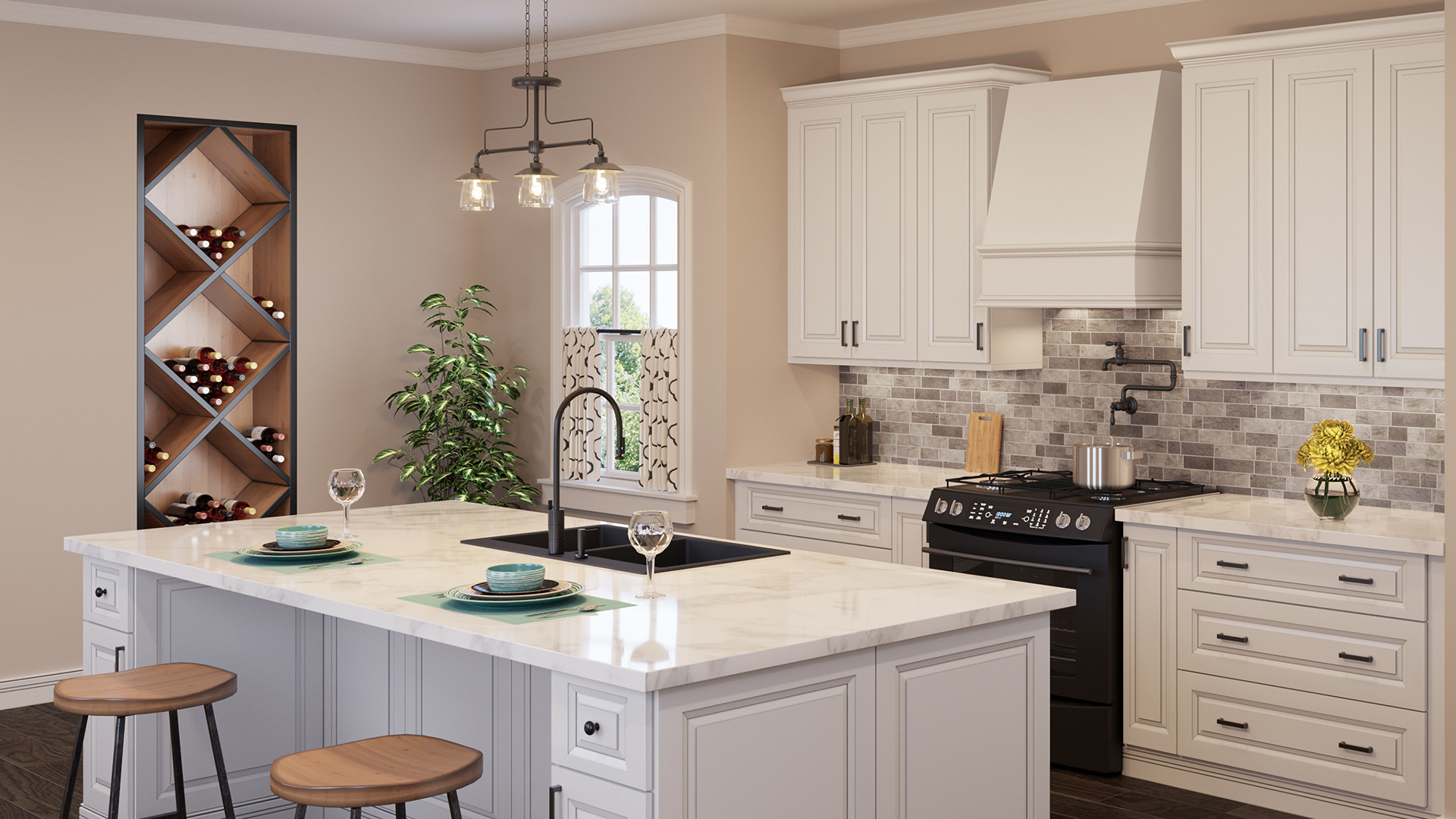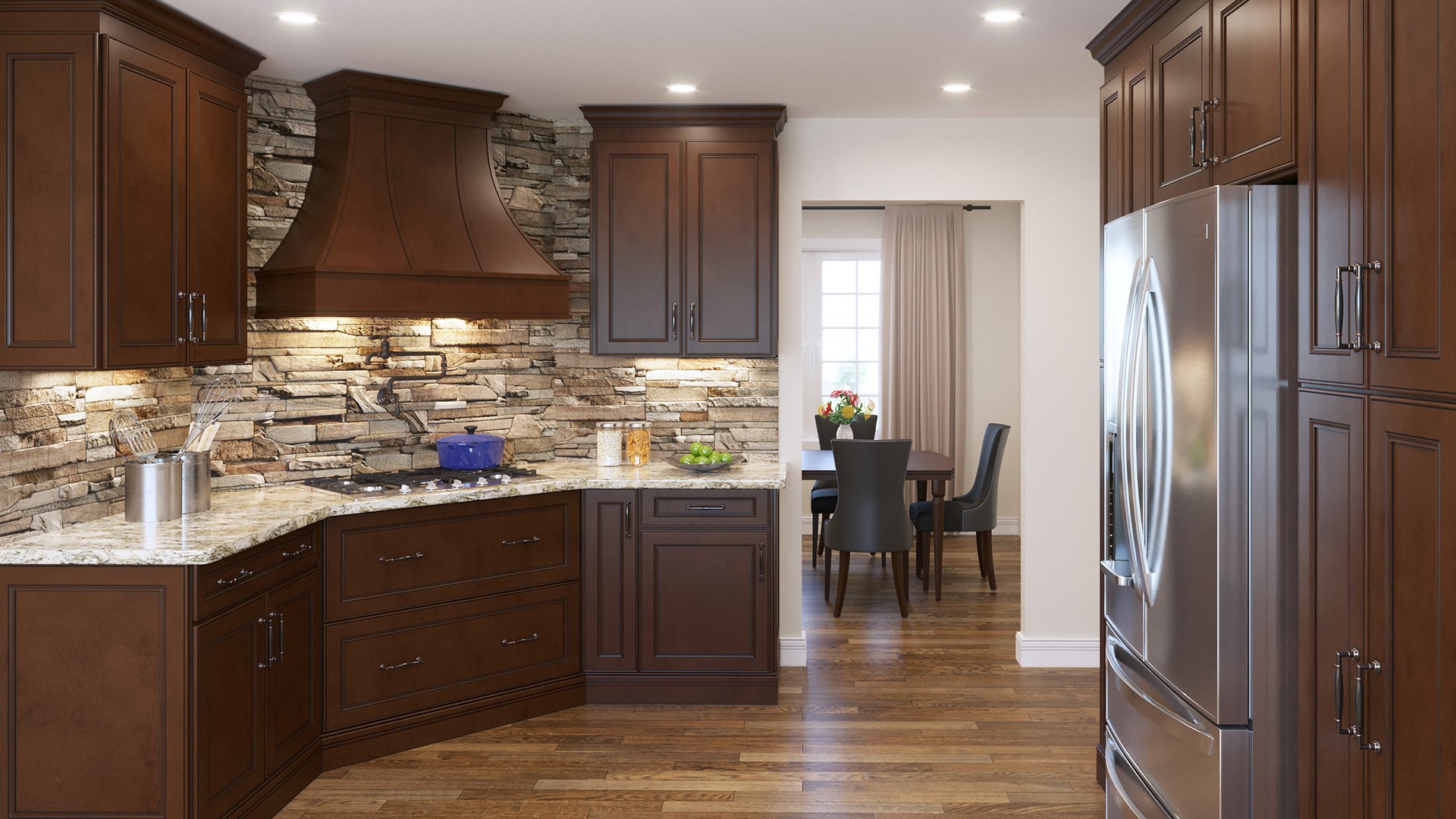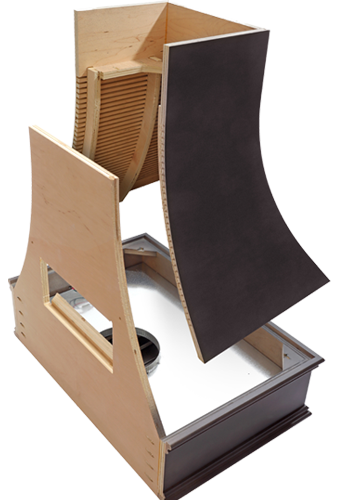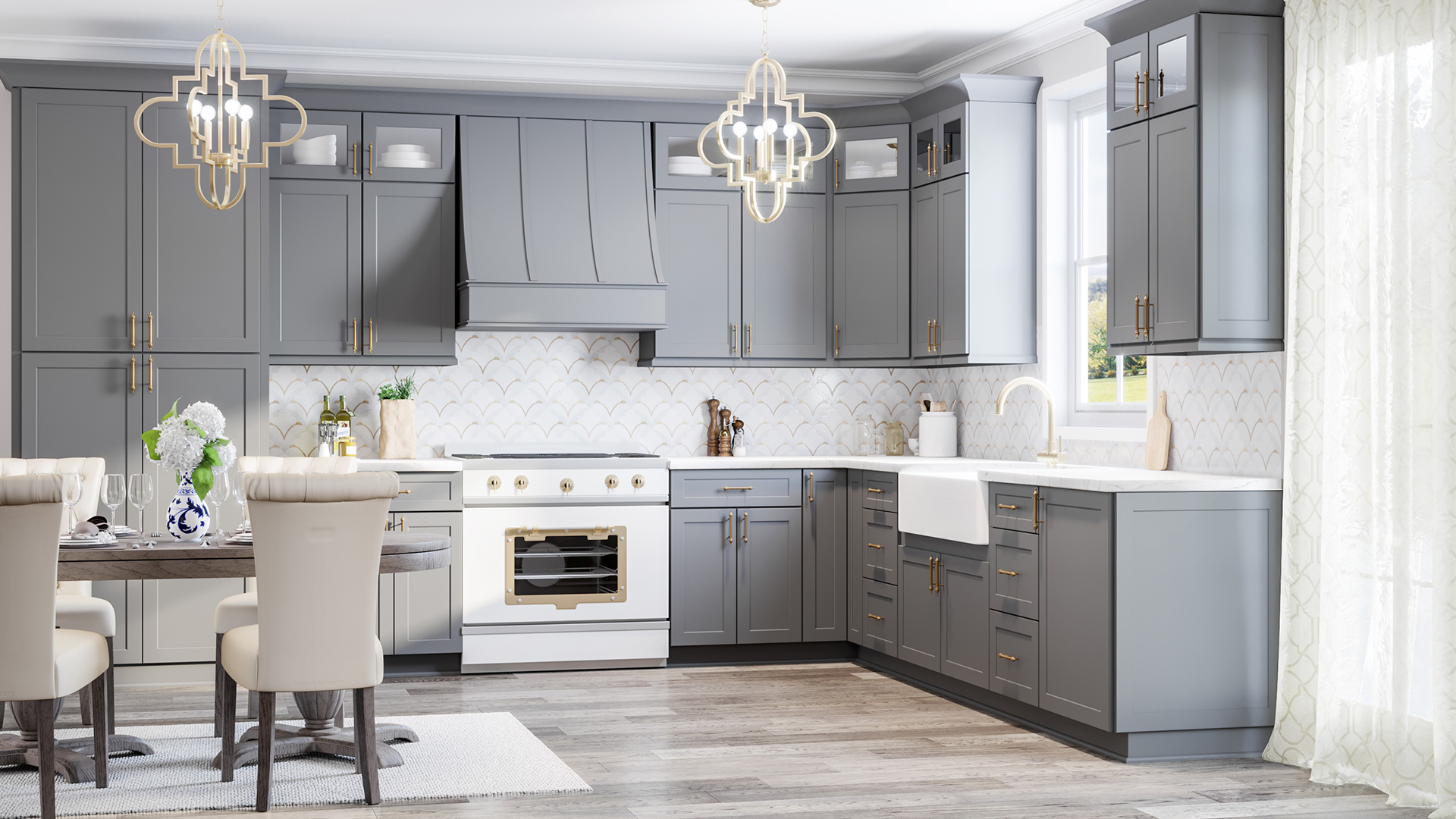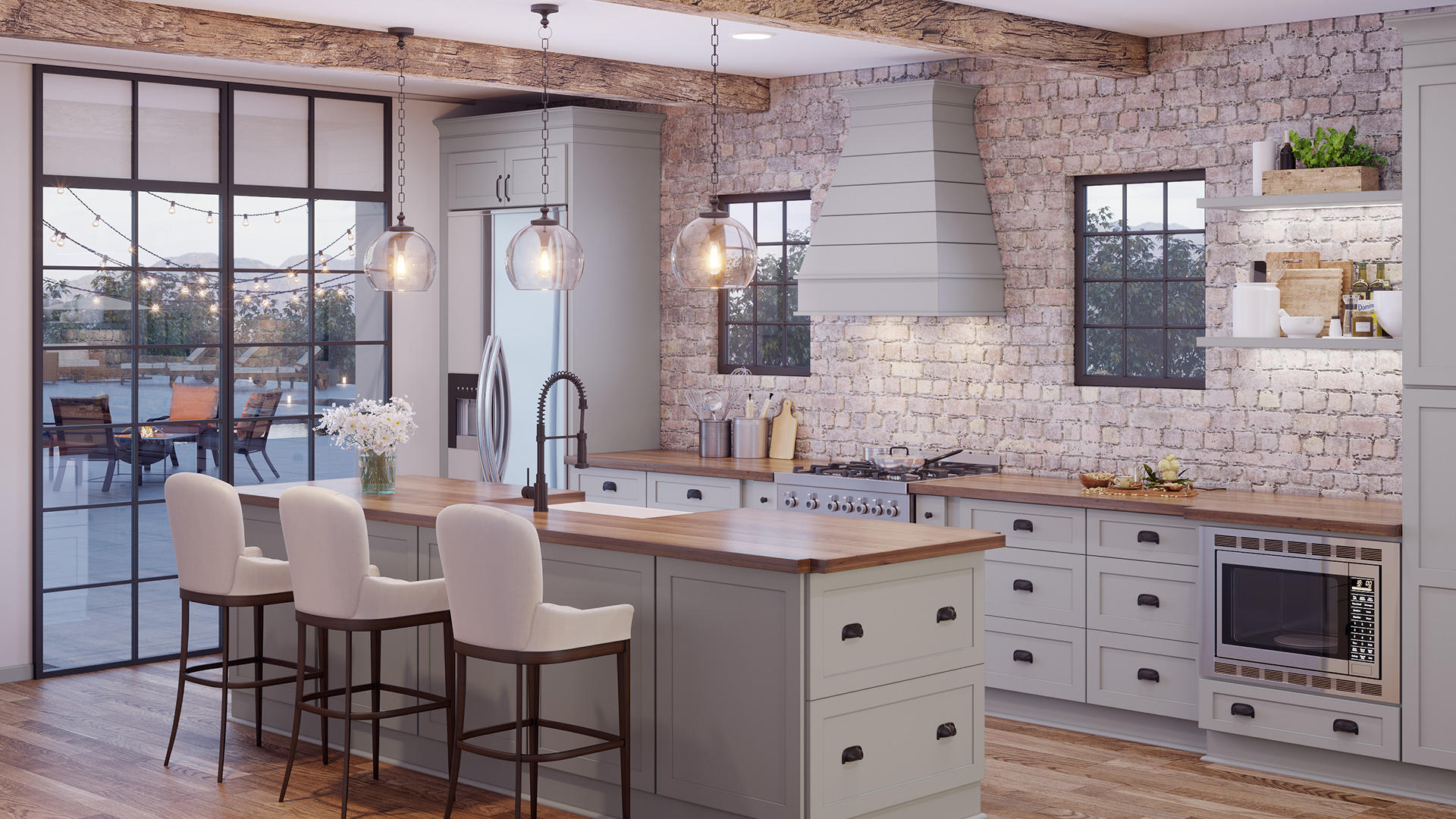Design options for range hoods have come along way in the past two decades. Yesterday’s typical under-mount range hood, designed for function without much consideration for aesthetics, is not the top choice among designers and kitchen contractors working on kitchen remodels today. Now, range hoods come in various shapes and materials that include metal and wood, even with options to add an embellishment that complements the kitchen’s style.
What is a range hood?
The range hood is one of the most critical appliances in the kitchen because it works to protect indoor air quality. It consists of a base and a fan or blower motor to extract cooking fumes and funnel them outdoors.
How important is a range hood – and why?
As anyone who’s done it knows, the chore of cleaning a kitchen that gets used regularly can call for a lot of elbow grease. Cooking food on the top of the stove releases fumes that settle as a sticky film on every nearby surface, from the cabinets to the countertops and even the floor. The range hood captures and eliminates oil droplets and smoke right at the source to maintain the kitchen’s air quality and make cleaning much more manageable.
During cooking, the range hood also helps redirect and reduce steam, heat, and smoke to keep them from away from the cook’s face. Any professional chef will tell you that cooking without a range hood can be quite unpleasant so that every commercial kitchen will have a powerful vent hood above the range. Even though most of your clients are not professional chefs, they will prefer an environment with clean air rather than a smoky kitchen where odors can’t dissipate.
What type of range hood is the best?
There are three main types of range hoods: ceiling-mount range hood, wall mount range hood, or the under-mount range hood.
1) The ceiling-mount range hood mounts to the ceiling and vent out through the attic. You need a ceiling-mount range hood if you plan to install the range or cooktop in the kitchen island or on a peninsula without an adjacent wall.
2) A wall-mount range hood hangs on the wall right above the range or cooktop installed along the wall. When designing the cabinet layout, you’ll need to preserve a clear space for a wall-mount range hood. These full-size range hoods take up the entire space above the cooktop, so there’s no room for additional cabinetry or a microwave.
3) An under-mount range hood is the most common. This hood fits above the cooktop, underneath an upper set of cabinets or a microwave. An under-mount hood is typically less powerful and lacks the ventilation capability of other types of range hoods.
Help your clients choose a range hood for their kitchen that’s the same size or slightly larger than the range. Proper sizing will allow for enough capture area and suction to clean the air effectively.
Another range hood decision to make will be installing a ducted hood or one that’s ductless, also known as a recirculating hood. A ducted range hood will incorporate ventilation to direct the contaminated air outside the home. A ductless or recirculating range hood will pull the contaminated air through an activated charcoal filter to clean it before pushing the air back into the kitchen and home.
Depending on how much your clients cook regularly – and the cooking they like to do – you’ll want to offer them a range hood in the right size and one with enough ventilation capacity to clear kitchen fumes and polluted air from home.
What is the proper height for a range hood?
Range hood manufacturers have specific height requirements for their range hoods. Most range hoods are installed at 20” – 24” inches above the cooktop; if it’s a gas range, the stated height requirement is 25” – 30”.
How much does a range hood cost?
When designing a kitchen, you can now help clients add extra personality and style to their kitchen with a distinctive range hood. With choices available in wood or stainless steel, prices will vary depending on size, material, and power. You can find range hoods priced as low as $40 or as high as $1,200 or more. Those with more powerful fans and venting capacity and those that feature a more elaborate design will be more expensive.
You can find a ductless or recirculating range hood in the $40 -$100 price range. If you choose a stainless steel model with LED lighting, you move into the mid-price category, with options available for $200 – $500. A ducted, wall-mounted range hood in this price category can be constructed from stainless steel, glass, copper, or wood into various shapes to complement the kitchen’s design style.
If you are working on a kitchen for a professional chef – or for a client who aspires to a pro-grade kitchen down to the last detail – you’ll want to consider a downdraft range hood, which will come in at around $1,200. Of course, some options are even more expensive, but most clients don’t need that level of capability for typical home use.
How to choose the right range hood for your client’s kitchen?
Your client’s overall style, direction, and preferences will reveal a starting point. A distinctive range hood will bring a unique focal point to the kitchen, or perhaps they want the hood to blend in with the rest of the cabinetry. Wood range hood shapes can be curved, tapered, angled, or sloped. Your clients can add embellishments like molding, straps, or shiplap to a wood range hood or choose a clean, smooth finish.
If you want to consider a wood range hood, CabinetCorp has 96 different wood range hoods from which to choose. With such an extensive selection, your clients are sure to find a range hood that will coordinate well with their kitchen cabinets. Visit our website to discover more about the construction and installation of our wood range hoods.


